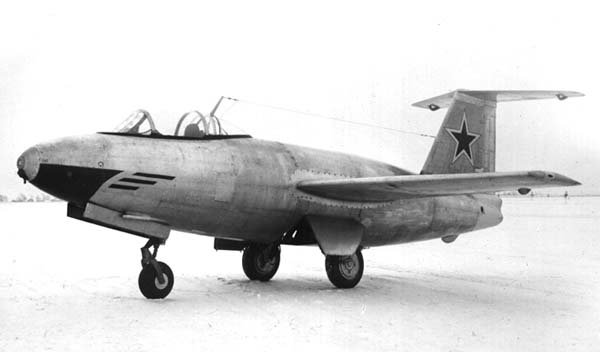Aircraft Lovers Group
Hobbies & Interests
This group is open to everyone who likes any kind of aircraft
Russian rocketplane. Flown 1947. The MiG I-270 rocketplane began as a post-war copy of the German Ju-248 (Me-263) design. The resulting rocketplane had a more refined aerodynamic form than the Me-263 and lower gross weight.
The I-270 was abandoned in favor of the turbojet-powered MiG-15 in 1947, which had much greater range.
Studies for a copy of the Me-163B rocket fighter were already undertaken by OKB MiG in 1944, using a Soviet engine by Dushkin/Glushko, but no construction was begun before the war ended. Post-war Soviet technical teams discovered the more advanced Ju-248 (Me-263) design, including one prototype airframe, and the decision was made that MiG would copy this design. The resulting rocketplane had a more refined aerodynamic form than the Me-263 and lower gross weight. The first airframe, Zh-1, began glider tests in December 1946, towed by a Tu-2 to its release point. The Zh-2, rocket-powered with a dual thrust RD-2M-3V engine (1650 kgf boost / 400 kgf cruise) first flew in March 1947. However total burn time of the rocket engines was only 255 seconds, and by this time the prototype of the faster and much longer ranged turbojet-powered MiG-15 was nearing completion. Therefore the I-270 was seen as having no military utility and abandoned after the Zh-2 was written off after a hard landing in spring 1947. Maximum speed of the straight-winged, subsonic I-270 would have been 936 km/hr at 15 km altitude, with boost to that altitude in 3.03 minutes.






RUSSIAN TECH FTW
German Tech to be precise :P But it is remarkable how quickly they built upon German Tech and evolved it to something entirely in its own league :P
So its more like the Russians are very very fast learners :/